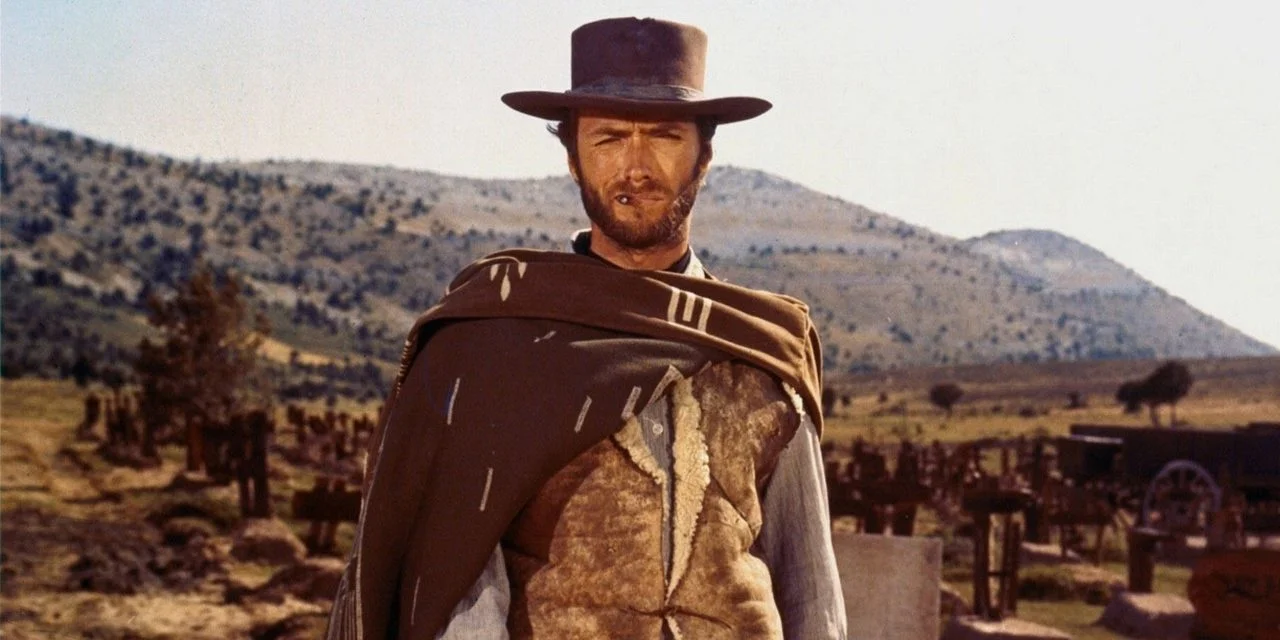Hello again
You gave us some feedback on our previous article series – see the links below.
We wanted to share your feedback with the entire Cornerstone community – the good, the bad and the ugly; so here goes:
The Ugly
You gave us some feedback, particularly with regard to ‘Making Sense of a F**ked Up World’, that it was unnecessary to resort to teenage, ‘boy-like’, vulgar language. Ouch. But in our defence, we did this consciously - we unashamedly wanted to get your attention with regard to the seriousness of what we’re saying and the pain this is causing both humanity and the planet. We often feel enraged; we oscillate between hope and hopelessness, we despair at the injustice - much like our young people do. Would we use this type of language in the boardroom or with the senior team? Of course not. Might we use this type of language at the steel mill, the coal mine or the factory floor? We might- or have we got this the wrong way around?. We call this ‘swearing strategically’. (BTW, the author of this vulgar title is a woman and a middle-aged mother of two teenage children). However, if we caused any offence, we sincerely apologise and hope that you don’t throw out the vulgar dirty bath water with the intended baby.
The Bad
We made some grammatical errors, put some damned apostrophes (or is it apostrophe’s?) in the wrong place and used some different font sizes – Double Ouch. We had at least three sets of eyes look over the final drafts and we still made errors. Attention to this level of detail is clearly not our forte and we will find someone for whom it is, for future articles. We know from our work on adult development and brain preferencing, that errors of this kind can really grate on some of you, so we are eating humble ‘n’ sorry pie right now.
The Good
Some of you said that you really liked and enjoyed getting these articles and that you would miss them! You said that the content made sense, much of it resonated with you, the Integral Framework was helpful (see below) … there were lots of ticks from you in our messages - so thanks.
We had feedback and an invite to continue the dialogue with some of the world leaders and significant contributors to the field of adult development; we were delighted by this.
A bunch of you said things like, “…that’s the ‘what’, what’s the so what?” What? Or to put it another way, some of you asked what all this might look like as an organisational intervention and how we utilise the Integral Framework . So we thought we’d take a few more articles to let you know about some real and current organisational work – what it looks like and what have been the outcomes to date. We’ll also be sharing more of this in upcoming webinars, podcasts and seminars. we want to share with you what has worked for us and our clients. As we said in We’re Not in Good Shape, we don’t believe in the notion of the ‘competition out there’ and in any case, much of what we share is not even IP-able – we mostly take what is in the public domain, constructed by minds far greater than ours (ie Ken Wilber, Theo Dawson et al). Then we work with our clients to co-create bespoke programs of work that just work, and make their worlds of work more humane, more fun, more productive, more profitable and more sustainable. To find out more about our methodology generally, clicking here will take you to the part of our website and our approach called Integral Ascension.
To hear more about some specific work, ie how we apply the Integral Framework in practice, read on…..
The Work
We started work with an organisation about 18 months ago. At our first client meeting, way before we got to the proposal stage, we took the executive through the Integral Framework. There’s something about constructing this Framework face to face, impromptu on a whiteboard, giving relevant examples as we go, that makes this Framework come alive in a way that is not possible from a piece of paper or a PowerPoint. What this means is, that in a very short space of time, they “got it” and asked us to put together a road map for what organisation transformation could look like over the next two years. This meant going to proposal stage and again, we used the Integral Framework as the basis for our proposal, outlining possible programs, interventions, workshops, individual development etc. But instead of this being a series of “things”, it all hung together in a coherent, sense-making framework.
Strategic Planning
We got the gig and started with strategy (Lower Right Quadrant in the Integral Framework), assisting the executive team to develop their strategic plan out to 2030. Time and space do not permit us here to give you the full story of what we did and how we did it, (please shout out if you want to know more) so we’ll share with you a couple of aspects at the core of any strategic plan, and that is to start with either developing or refreshing the organisation’s Purpose, Vision and Values. It's About Bloody Time says a bit more about the absolute necessity of starting here. The organisation had a well-articulated Purpose, Vision and set of Values which, although sounding good on paper, was not alive or vibrant within the organisation.
We commenced a two-day strategic planning workshop with Purpose, where the executive engaged in a facilitated dialogue using Thinking Environment techniques (See Nancy Kline’s incredible work on this.) In a breakthrough, goose-bump moment, one of the executives helped the rest of the team connect deeply with this Purpose. We captured her words which are now reflected in their strategic plan.
Vision
We next looked at their existing Vision, a key phrase of which was “global citizenship”. We asked them to take this phrase and look at it through the lenses of the Integral Framework projected out into the future: i.e. what mindsets or perspectives will these future global citizens have; what behaviours and capabilities will they display; what kind of cultures will they create, lead and be part of, and what big picture systems will they design? (You may have already picked up that these lenses are the Quadrants in the Integral Framework i.e. Upper Left Perspective, Upper Right Capability, Lower Left Culture and Lower Right Systems respectively.) From flip chart to print, their words and intent have been captured in their strategy that has been resoundingly endorsed by the board.
Values
Values came next (Lower Left Quadrant) and, of the three tenets at the top of the strategic planning pyramid (Purpose, Vision and Values), were the least well developed. We’ll have to restrict ourselves to a high level process flow as there is too much to outline in detail. Suffice to say however, we are immeasurably proud of what this organisation has achieved and continues to embed.
Just a couple more points on the process above…..
The Values Launch was a truly remarkable, Integrally informed event, designed and run by the Values Champions, and involving:
staff stories about each Value
circus performers living out each Value
improvisation actors helping staff with the impact of their words and behaviours
Open Space Technology at a Values Market Place where the Values Champions facilitated dialogues around key questions that people came up with during the Values Workshops (e.g. What do I do if I don’t agree with the Values and Behaviours? How do I make the Values and related Behaviours specific to my team?)
an Aboriginal elder talking about Values
a smoking ceremony
a spiritual blessing
The Values Market Place yielded an incredible amount of data and recommendations to the executive which formed the planning for embedding the Values & Behaviours post the launch.
One of these initiatives was a workshop session, facilitated by the Champions, on how to have a peer to peer Values & Behaviours conversation – linking behaviours to positive outcomes and having a respectful, professional conversation where behaviour was contrary to a Value.
This organisation has significantly shifted on an upward trajectory as a result of their commitment to Purpose, Vision, Strategy, Values & Behaviours.
A couple of “Ifs” to finish off….
If you’ll have us back, we’d really like to share with you in upcoming articles, more of how we have utilised the Integral Framework in other client work as well as what further organisational interventions look like.
If you want to know more about anything we’ve said so far, have some questions or comments, please get in touch with us below and we’ll respond soon.
If you’d like to utilise the Integral Framework to make a first pass evaluation of your organisation/division/function/team, then our offer to connect also includes a complimentary whiteboard session with a couple of our directors.
Until next time
Click here



